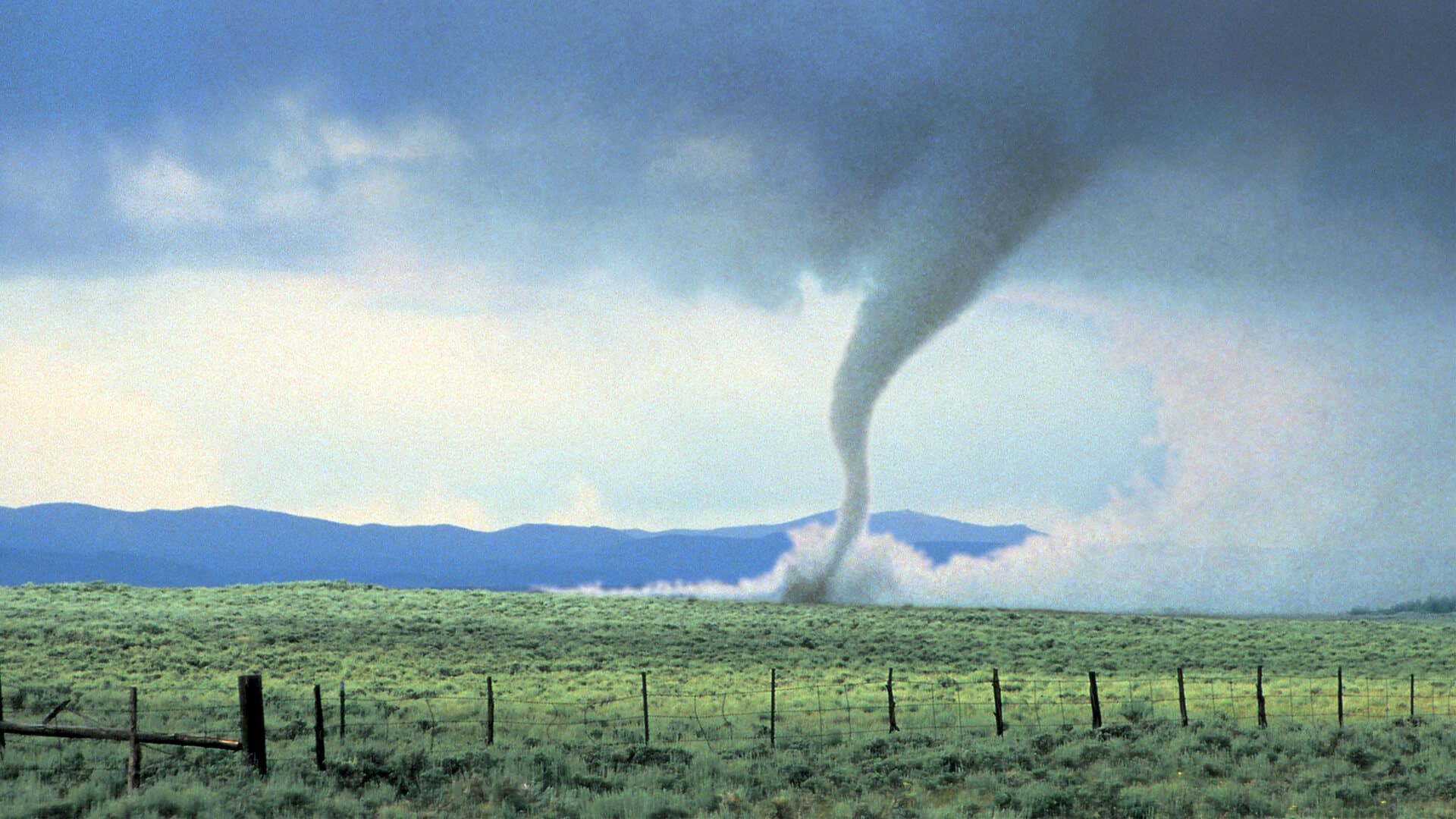A total lunar eclipse will occur Thursday night, March 13, 2025, giving skywatchers across the Americas a chance to witness the so-called “Blood Moon,” per NASA.
A lunar eclipse happens when Earth aligns between the sun and moon, casting a shadow that darkens and reddens the lunar surface. This reddish hue occurs because Earth’s atmosphere scatters shorter wavelengths while allowing red and orange light to reach the moon.
The totality phase, when the moon is entirely immersed in Earth’s shadow and displays its characteristic red color, will last approximately 65 minutes. The entire eclipse, from the beginning of the penumbral phase to the end, will span just over six hours.
Key times for the U.S. East Coast:
Penumbral Eclipse Begins: 11:57 p.m. EDT on March 13
Partial Eclipse Begins: 1:09 a.m. EDT on March 14
Total Eclipse Begins: 2:26 a.m. EDT
Maximum Eclipse: 2:58 a.m. EDT
Total Eclipse Ends: 3:31 a.m. EDT
Partial Eclipse Ends: 4:47 a.m. EDT
Penumbral Eclipse Ends: 6:00 a.m. EDT
Unlike solar eclipses, viewing a lunar eclipse requires no special glasses or equipment, though binoculars or a telescope can enhance the experience.
Weather permitting, the eclipse will be visible across all 50 U.S. states, Canada, and Mexico, as well as in parts of South America, western Europe, and western Africa. “As long as the sky is clear, you should be able to see it,” Shannon Schmoll, director of Abrams Planetarium at Michigan State University, said.
This event marks the first total lunar eclipse since November 2022, making it noteworthy for casual observers and astronomy enthusiasts alike. The next opportunity to witness a total lunar eclipse will be on September 7, 2025.











